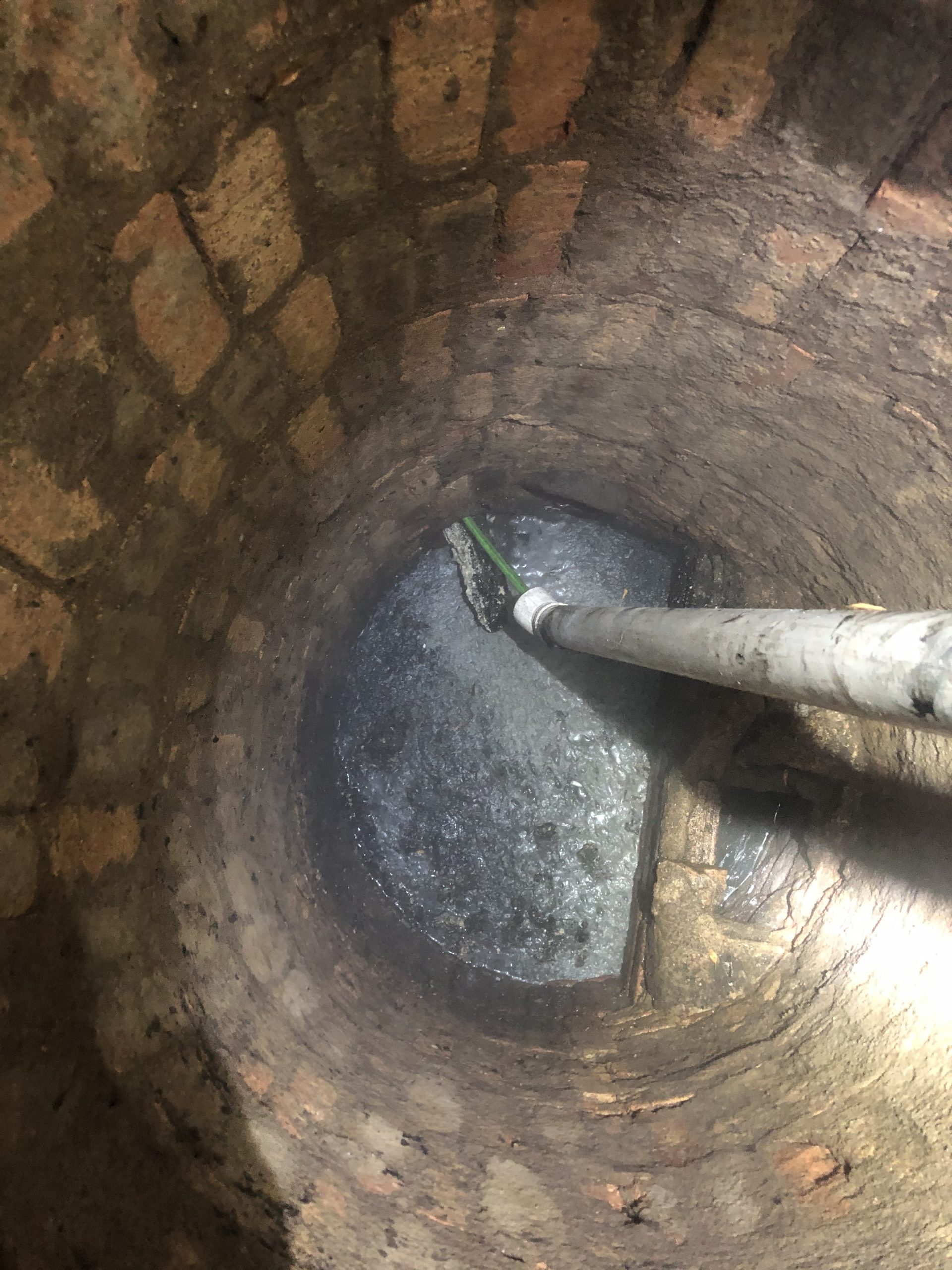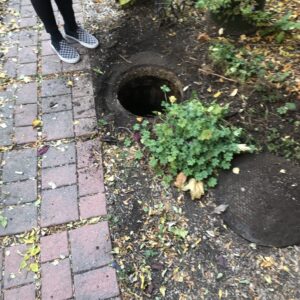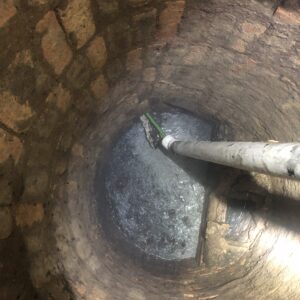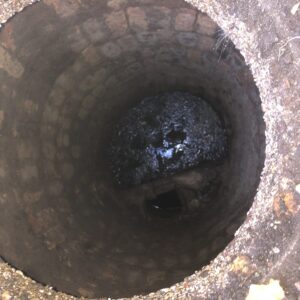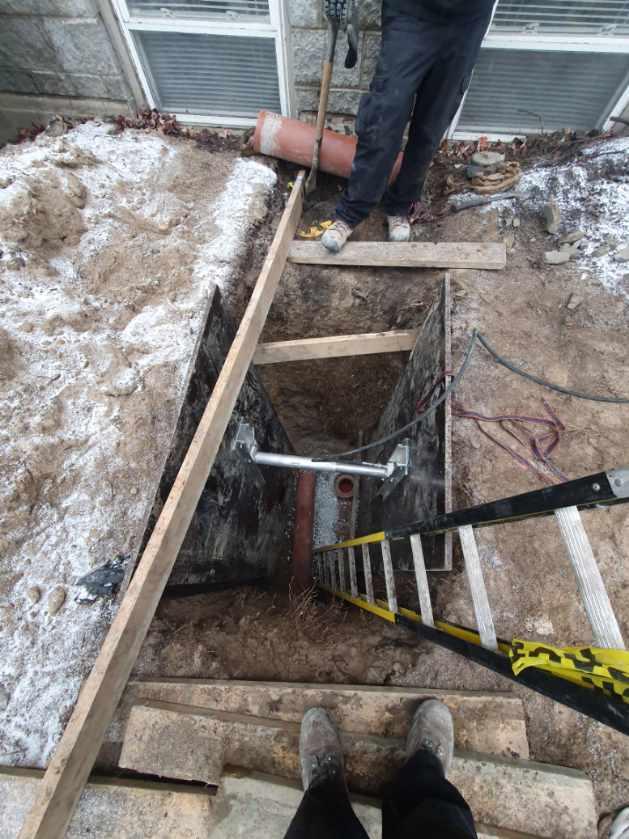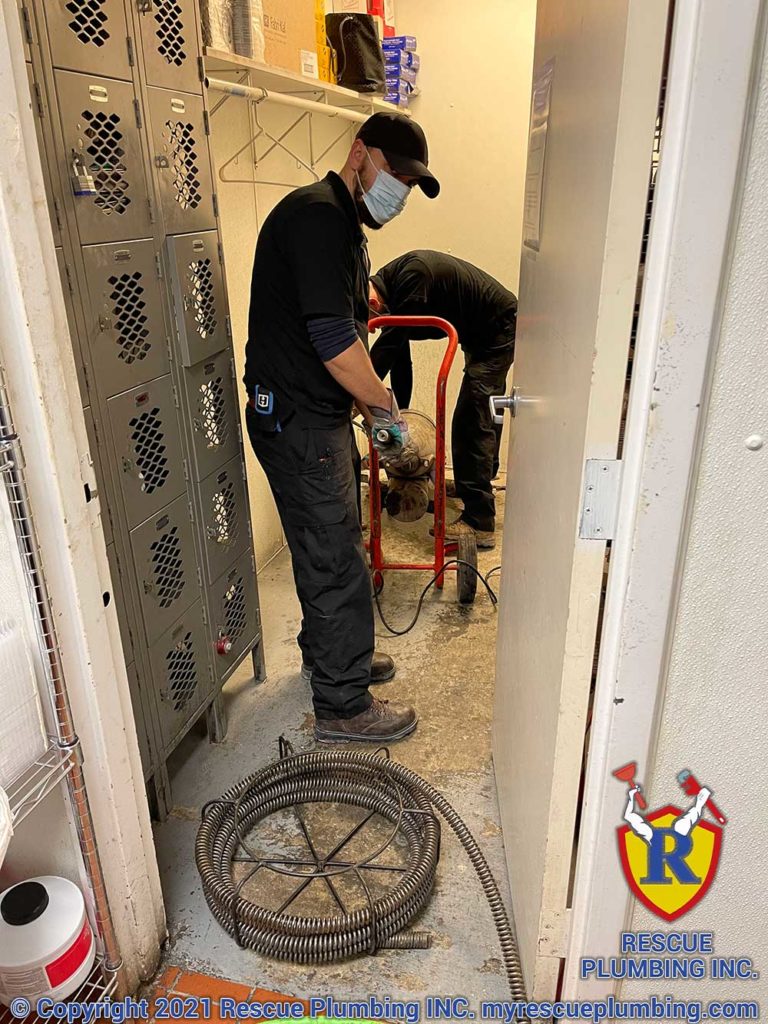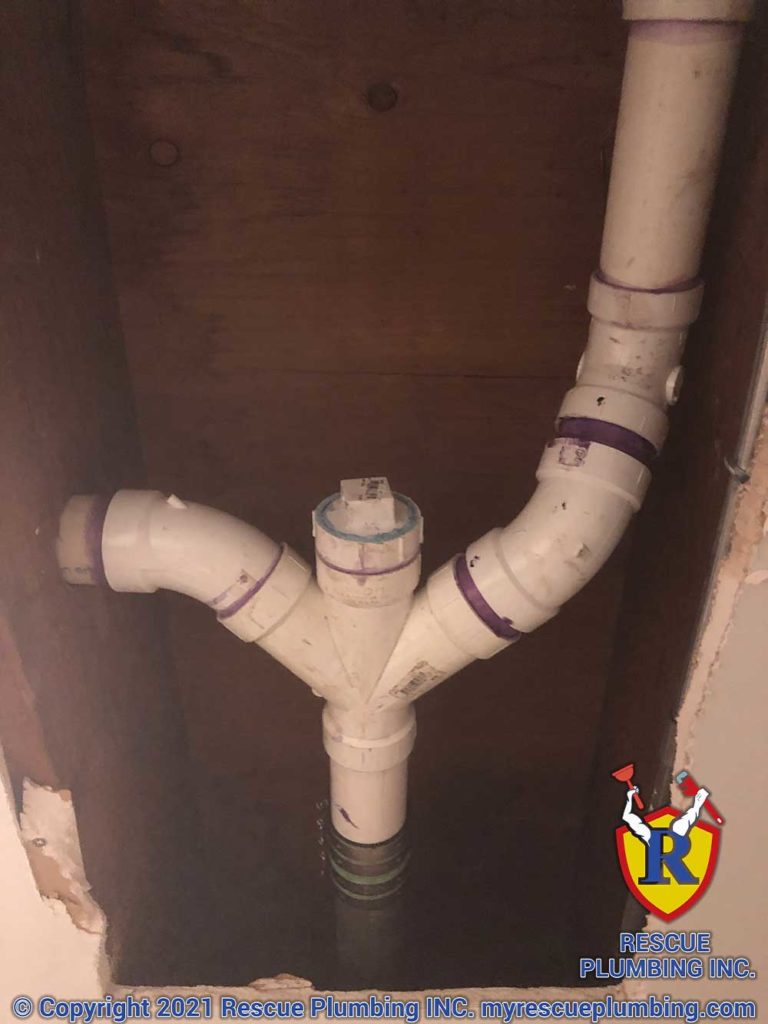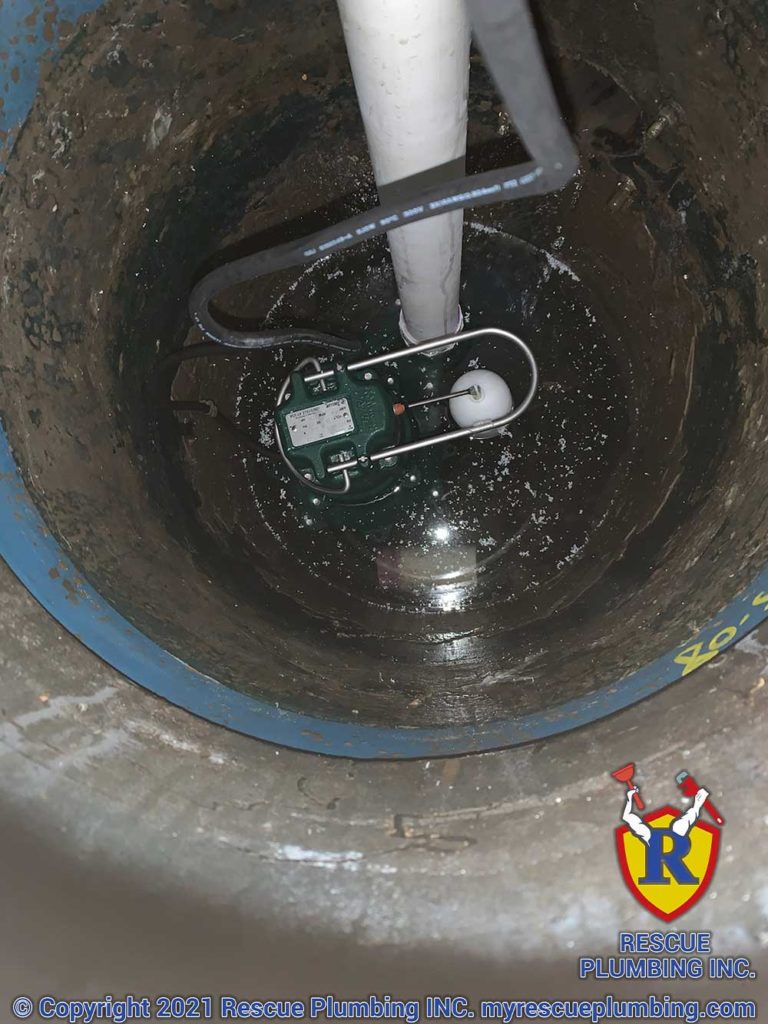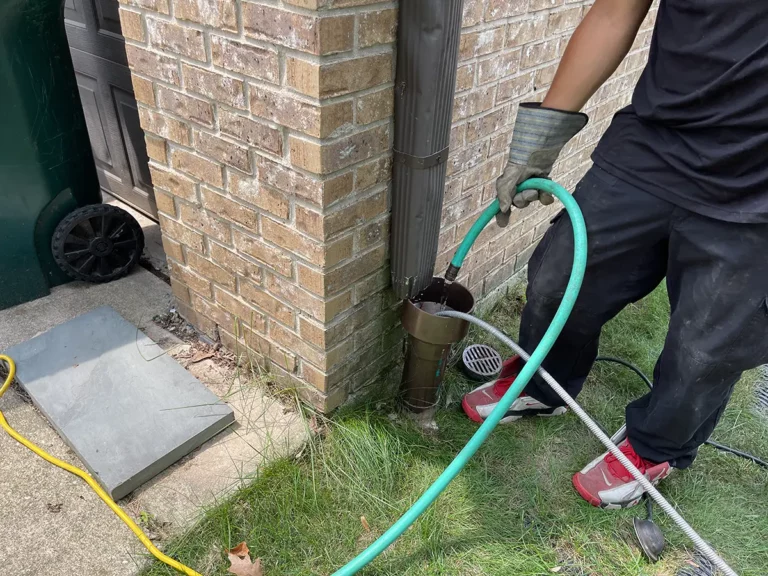Uptown Chicago Laundry and Kitchen Lines Backed Up: Hydro Jetting Cleared the Blockage
Wastewater backing up into your home is a stressful situation. Luckily, Rescue Plumbing has the tools to clear any blockages in your home’s pipes.
We rescued an Uptown homeowner when their kitchen and laundry sink started to fill up with sewage! If you have a plumbing problem, call our professionals today (773) 799-8848!
Uptown Neighborhood Chicago
This Uptown Chicago resident was in for a shock when they found themselves with backed-up laundry lines and kitchen sink drain. This customer had noticed that the kitchen drain and laundry drain had made gurgling noises for a few weeks, but was not able to pinpoint the problem.
Clogged Kitchen Sink and Laundry Line
They had also become aware that the lines took more time to drain, but they thought that this was normal and the kitchen sink just needed a good cleaning. So they often used drain cleaners to alleviate the slow drain.
They also attempted to remove the clog by using a good old trick: the baking soda and vinegar method. The baking soda and vinegar method only worked temporarily and the kitchen sink lines became backed up again.
This time the lines were completely backed up. The customer could no longer use the sink and laundry without a backup of water and they started to smell a foul odor in the kitchen sink.
Power Rodding
The Uptown Chicago resident finally contacted us to take care of the problem. We arrived at the site immediately and inspected the clogged kitchen sink.
Then, we proceeded to inspect the laundry line. The plumber’s first method of alleviating the backup would be power rodding. This tool is definitely one of the most powerful and will remove blockages that a plunger can not. Unfortunately, after several attempts, the plumber was unsuccessful at clearing the kitchen sink backup.
Upon further investigation, the plumber found that the home had a catch basin which is where all the waste from the kitchen sink and laundry line go to. This would be the culprit of the problem.
Catch Basin Blockage
The plumber found that the catch basin had a grease blockage. This often happens when people take too long to remove the grease build-up in the catch basin.
Water washes away food waste along with oil but does not dissolve it so it settles at the bottom of the basin or in the pipes connecting the catch basin. Grease will slowly rise over time and when it reaches a certain level, it will start to overflow.
For this Uptown home, the catch basin cover was removed and there was no water coming out from under it so our plumber concluded that this had been happening for some time now. Our team decided a hydro jetter would be the best tool for the job! This tool is even more powerful than a power rodder and can definitely get the job done.
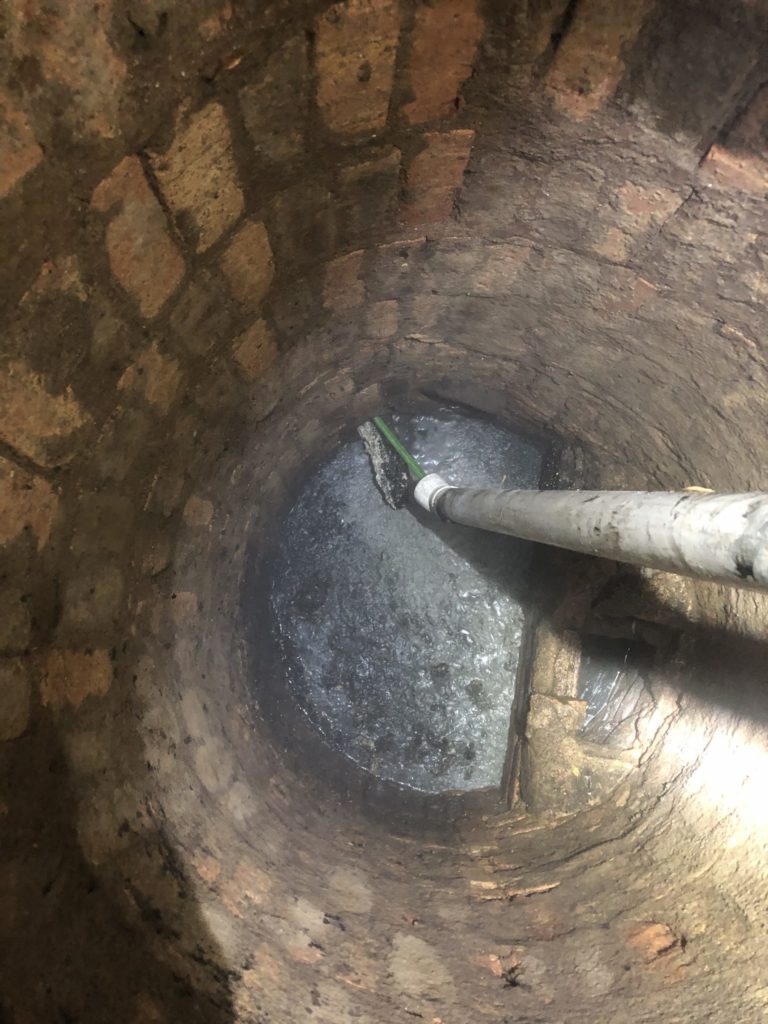
Hydro Jetting – Clearing The Drainage
The hydro jetter releases high-pressure water to clear any blockages inside the pipe. The Uptown Chicago resident was relieved to finally have their kitchen sink drains finally unclogged.
Our customer was so happy with our service that they mentioned how impressed they are with the way we handled everything!
The plumber turned the water back on and ran the tap water. During this, he inspected the catch basin to ensure that flow had been restored. The blockage was cleared and the customer was glad they could now use their kitchen sink and do laundry!
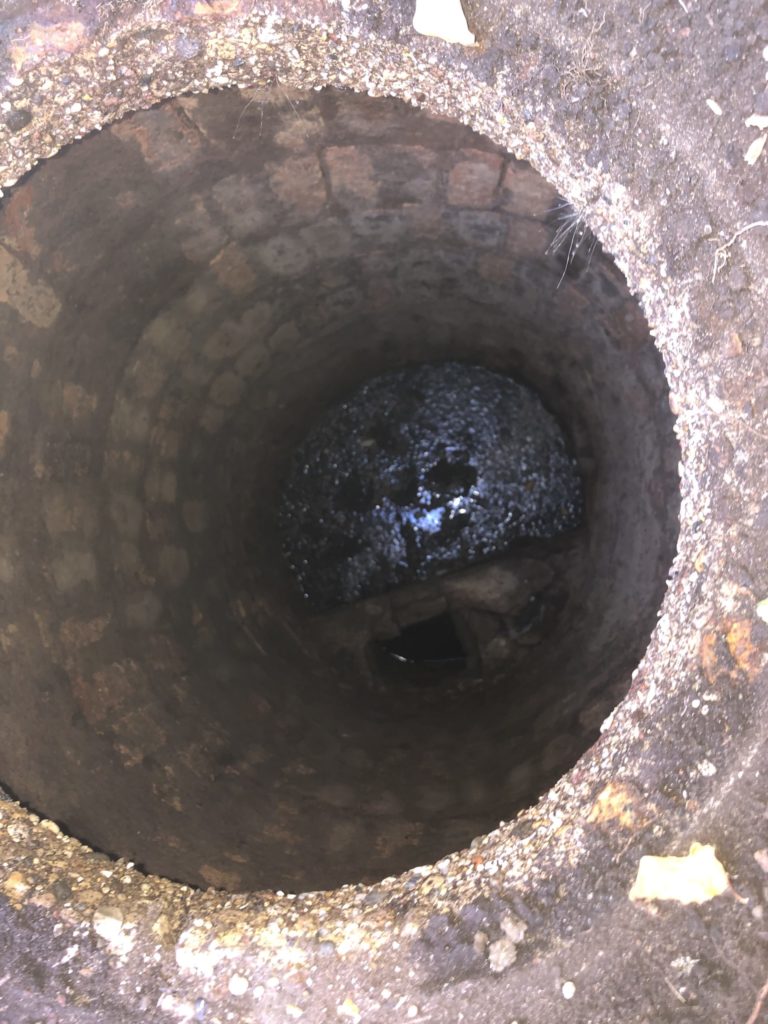
Power Rodding
Power rodding is a process that clears drains by using the force of a machine motor that turns a metal cable attached to a cutting tool to knock loose debris and clear clogs. It is used when a plunger or drain cleaner can’t remove the blockage.
How Does Power Rodding Function?
How it works is a metal cable attached to a cutting tool is inserted into a machine that turns the cable at high velocity. When this machine’s cable is inserted into the kitchen sink or laundry line it can cut out the clog. This process is then repeated until there are no more clogs found.
Catch Basins
A catch basin is a device used for the collection of stormwater runoff or grease. Catch basins are usually constructed from concrete, plastic, or steel and are designed to carry off surface water quickly and efficiently.
How Does A Catch Basin Function?
All the water will enter the catch basin and the dirt and debris will be separated from the water as it sinks, allowing the water to enter the sewage system.
The catch basin will store the dirt and debris at the bottom until it is time for it to be cleaned out. Often, a catch basin will get clogged with grease from cooking. Which is why it’s important to dispose of grease properly.
Where Can Catch Basins Be Found?
Catch basins are often found in areas with high concentrations of pedestrians where they can be an excellent way to keep people safe when it rains or snows and reduce the chances of flooding.
Catch basins can also be found in older Chicago homes, near driveways, or often in backyards in an area nearest to the kitchen sink.
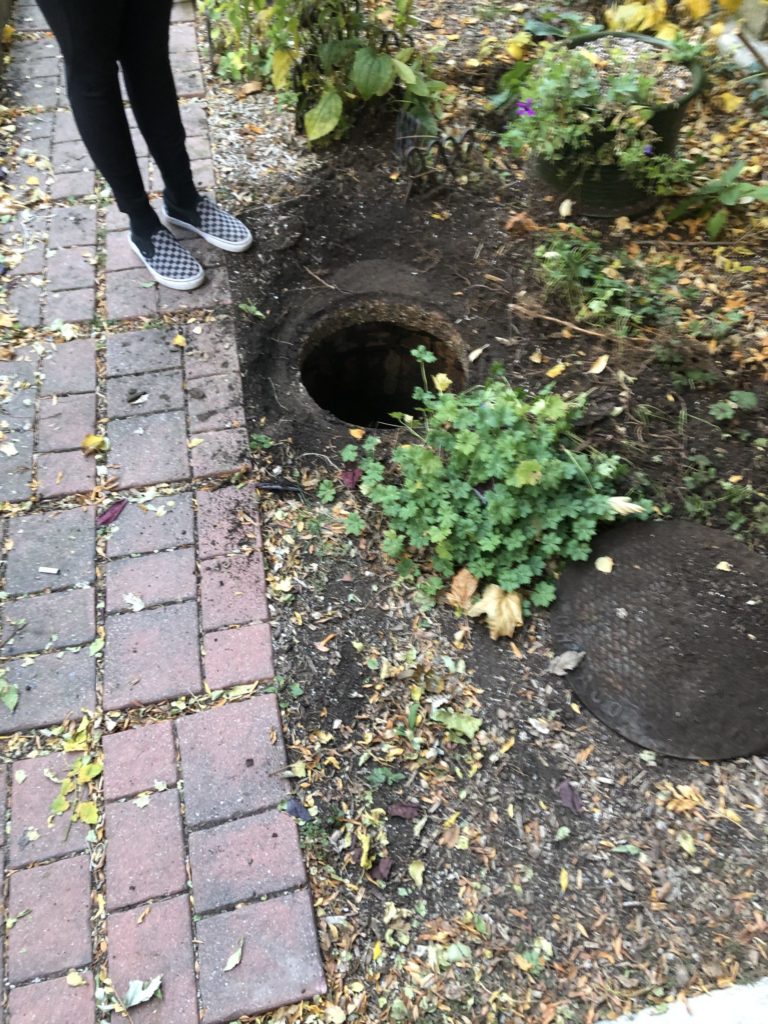
Prevent Drain Backup
While catch basins can help support your homes drain systems, if not maintained properly and frequently, it can experience the following:
Polluted Water in The Basin
The catch basin collects all polluted waste released from your home. Its job is to try and break down that waste as much as possible. However, the debris can enter your drain systems when there is a blockage.
Catch Basin Collapse
If your catch basin is not serviced regularly, waste will accumulate and create blockages. Over time, this can damage the catch basin’s structure and cause it to collapse.
Flooding
The catch basin, if not well maintained, will be unable to sustain all the heavy rainwater. Blockages can prevent sewage and waste from entering the city sewer system and will push water and waste out into your home’s drains.
What Is Hydro Jetting?
Hydro jetting is a process that sends high-pressure water into the blockages to break them up, clean out any debris, and remove it from the system. This process is often used to clear clogs from sewer lines, drains, and even dishwashers.
How Does Hydro Jetting Function?
Hydro jetting starts by first inserting the hydro jetter hose into the drain opening in order to locate where it’s blocked we push the hose as far as we can push it.
The hydro jetter hose then attaches to a high-powered engine with pressurized water hooked up to it, forcing the water down the drain into the clog.
Hydro jetters shoot 5000 psi water until all of the debris is broken down and removed from the pipes.
High-pressure Professional Equipment
In order to use hydro jetting the operator must be very experienced, and the water flow has to be controlled because it can damage pipes and walls if not properly used.
Expert Tips to Unclog Your Kitchen Sink Drain at Home
No one likes dealing with a clog! But our experts have some tips and tricks to try to solve your kitchen clog.
Attack With Boiling Water
Boiling water may be the first move to unclog a sink when it gets stuck. It’s the easiest way to fix a clog. Pouring a pot of boiling water down the drain can help to melt the gunk that is blocking your lines.
Make sure not to pour anything else other than boiling water down the drain because you don’t want any more of it to mix with what’s already in there, making the clog worse.
Allow this pot of boiling water to work for about ten minutes before trying anything else. Don’t try it if your drain is attached to PVC pipes.
Break It Down With Baking Soda And Vinegar
Baking soda and vinegar are an easy alternative to using chemical drain cleaners. Add a cup of baking soda and vinegar and wait 10 minutes for it to work.
As with any other unclogging method, repeat the same steps to find clogged drain clogs when you’re making progress. However, this natural alternative doesn’t have a 100% success rate.
If this does not work do not attempt to try other liquids down the drain as it can worsen the problem.
Check the Trap
There’s a good chance the clog is located in the p trap, or in the U-shaped pipe. Gather a bucket and wrench to loosen the fasteners on the p trap.
Then use pliers to pull out any hair or food clogging up your pipes. This may be messy if there is a backup in the pipe.
Rinse the trap clean with a garden hose and replace it in its proper position. Run the sink faucet to see if the water drains normally. Do not forget to change the washer for the p-trap.
If there is a clog, you’ll have to clean it up in a different sink or with a different pipe to get it back in place. Rinse it clean, and place the pipe back in place.
If you can’t get rid of the clog with these methods, call Rescue Plumbing who will have special tools for unclogging kitchen sink drains and can determine if the clog is part of a much larger issue in your home.
Rescue Plumbing in Uptown Chicago Neighborhood
We are your local unclogging experts! Our plumbers arrive to every job with a fully stocked-plumbing van with the professional tools to solve any clogged drain.
Call Rescue Plumbing at (773) 799-8848 to solve the issue no matter how big or small.
